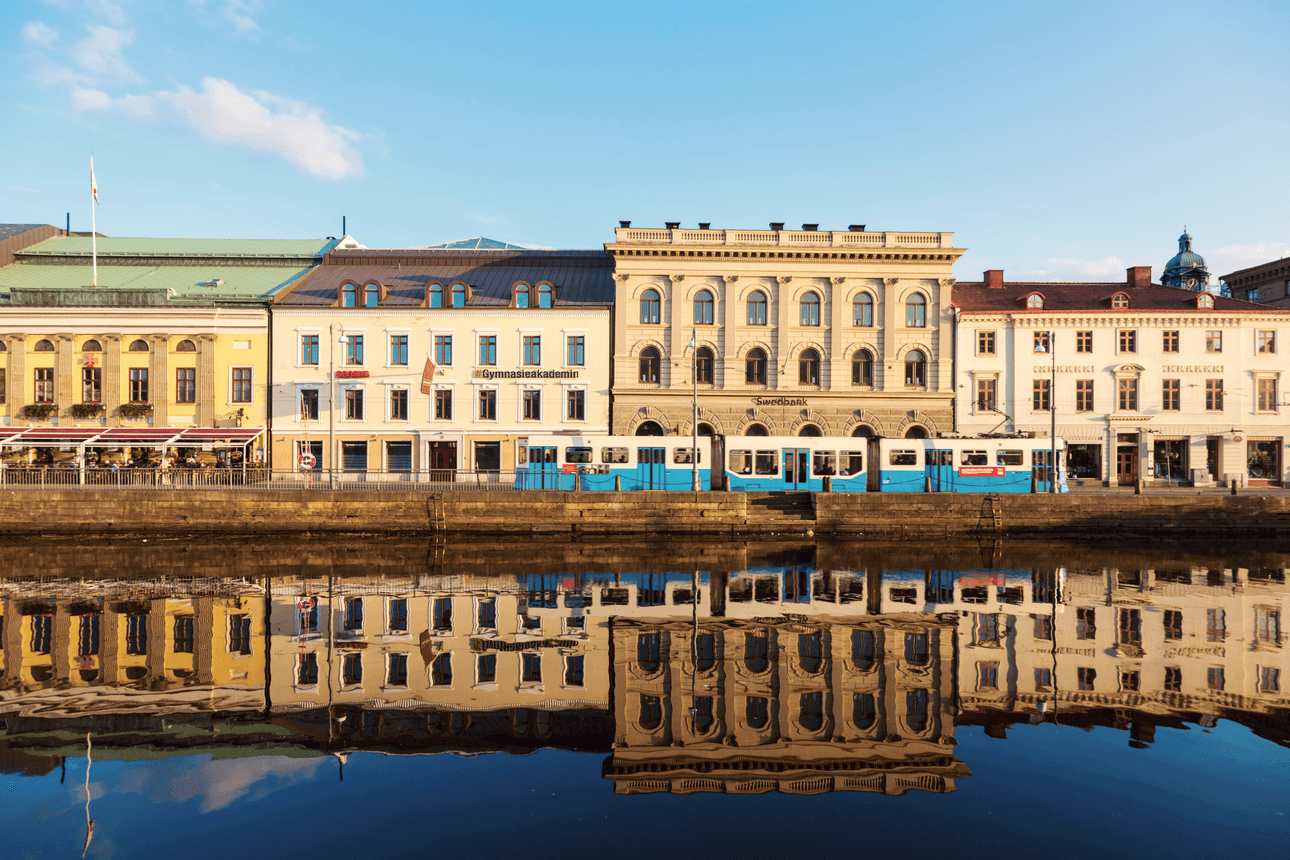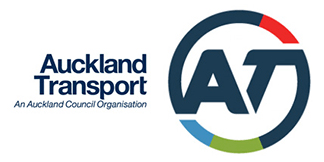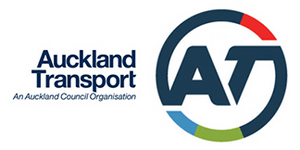As Auckland examines how to make its roads safer and more functional, one city has already shown us how it’s done. Teuila Fuatai looks at how slowing down changes the way a city works.
On the other side of the world, one Swedish city’s dedication to driving down road deaths and serious injuries (DSI) has exposed an entirely new type of problem. Officials in the city of Gothenburg, located on the country’s picturesque west coast, have made such progress in their road safety that now four out of the five injuries on the city’s roads don’t even involve a car.
Classed as “pedestrian single accidents” or “cycle single accidents”, the incidents accounted for 831 serious and moderate road injuries last year. Overall, there were 1031 serious and moderate road injuries. However, the road toll for the city – which has a population of about 570,000 – was just 3 for the entire year. This statistical flip is the result of years of investment in deprioritising the car.
Suzanne Andersson, a veteran official of urban transport strategy in Gothernburg, says of the trend: “It’s a totally different type of conversation we are having now. It’s not so much about speed anymore.”
Notably, even with the increase in cycling and walking accidents, Gothenburg’s road safety record is streets ahead of Auckland’s. In 2017 road deaths in the supercity stood at 64, while 749 people were seriously injured on the roads over the same 12 month period.
Andersson, whose area of expertise is road safety, says the issue of Sweden’s unacceptably high road toll and serious injury numbers really gained traction about 20 years ago. At the time, Gothenburg road authorities had already been implementing “traffic calming measures” for about a decade.
The measures, which combined a variety of tools like lower recommended speed limits and speed humps, made it safer for cyclists and pedestrians who were then being killed and seriously hurt in large numbers on the roads. By the late 1990s, with a national-level focus on road safety, Gothenburg – along with the rest of Sweden – upped the ante and adopted a long-term “Vision Zero” approach to road deaths and serious injury: a goal of zero each year.
The vision was contagious for the city’s population. In 1978 Gothenburg had just one speed-bump in the entire city. Now there are around 2500, and there are continually requests for more in residential areas. And in those areas, the recommended speed limit is already just 30 km/h.
The shift away from the car appears to have exposed Gothenburg’s need to now invest in making conditions safer for walking and cycling. While the rise in pedestrian and cycling accidents is highly concerning, they are less likely to result in death, and the injuries are less severe, traumatic and expensive. On balance, the higher number of pedestrian and cyclists is a public health triumph, demonstrating that more people are incorporating exercise into their daily lives.
“It really did help in bringing people out to cycle and walk – particularly in residential areas,” Andersson says of Vision Zero. “People said they felt safer about doing things like letting their children walk or cycle to school…and it hasn’t caused any congestion.”
Back in Auckland, conversations like those which happened in Gothenburg 30 years ago are bubbling away. Currently, the city’s transport authority is seeking feedback on proposals to lower speed limits on 10% of the city’s busiest and most dangerous roads.
Auckland Council’s long-standing city design champion Ludo Campbell-Reid says the lower speed limits on certain roads are hugely important for Auckland’s future. A road safety evolution like Gothenburg’s – enabling people to favour public transport, cycling and walking over cars – will be essential in creating a safer, more enjoyable and profitable city, Campbell-Reid says.
“What we’ve found all over the world is that those streets which have high capacity and high speed, they operate well for the road user, but as soon as the pedestrian comes into contact with that road user, the pedestrian comes off second best.
“The speed [currently] in place is simply inappropriate – especially when we’re killing nearly one person a week on the roads.”
While reducing speed instantly makes things safer, when undertaken alongside broader measures which change roads to suit cycling and walking, other benefits are likely to occur too – like an increase in retail and restaurant patronage.
The upgrade of downtown Auckland’s Fort St area into a shared space is a prime example, Campbell-Reid says. The redevelopment removed all the traditional road markings and signage that usually defines which space belongs to cars and what space belongs to people.
“We’ve removed bollards, we’ve removed poles, we’ve removed all the traditional cues which show this is a street [while] this is a pedestrian space. We’ve confused the motorist, we’ve confused the pedestrian and what’s that done is slow the vehicles down.”
An evaluation by the council compared how the area operated in 2009, before the changes, to three years later. Over that time, hospitality spending in the area increased by 429%.
“But the businesses were very cynical about the project in the first place,” Campbell-Reid points out. “They were frustrated that we were removing car parking, but it showed that the link between car parking and retail profits are not as strong as the retailers actually believed.”
Even more importantly, there have been zero deaths in any of the city’s shared spaces, including the Fort St precinct. Now in Britomart, Newmarket and New Lynn, more streets are being converted to shared spaces.
And it’s not just retail and hospitality which will benefit. Seventeen per cent of Aucklanders work in the CBD. Facilitating the movement of large numbers of people in and out of that central city space – which accounts for just 0.08% of the city’s land mass – is imperative to the city and country’s productivity. As Campbell-Reid points out, rather than packing in more vehicles, a more sensible long-term option is better cycleways, walkways and public transport systems – particularly as Auckland’s population continues to grow.
“The way that a city performs is linked to accessibility, how the transport system moves, the way we employ people – all the growth is linked to the productivity of the country. Auckland generates something in the way of 35% of the GDP of this country. We have to make sure that Auckland is pulling its weight to help support the country,” he says.
The link between productivity and a city’s “improved walkability” was also the sole focus of Auckland Council’s 2017 report The Relationship between Pedestrian Connectivity and Economic Productivity in Auckland’s City Centre. It showed that in more pedestrian-friendly cities, business productivity was better.
Deprioritising cars is an investment in the next generation too. Auckland University of Technology’s Erica Hinckson, a professor of physical activity and the built environment, says a lower speed limit, particularly in residential areas, is key to enabling school children to walk and cycle to school. Her research in Auckland’s schools, backed up by similar overseas studies, shows that while children may prefer to cycle or walk to school, parents often believe the roads are too unsafe.
“We interviewed a lot of parents and children. Children said they didn’t want to be in cars, and they wanted to be on their bikes. But, the number one reason why parents wouldn’t allow children to go to school on their own was traffic speeds.”
While speeds are already reduced outside schools at the beginning and end of the teaching day, broader speed limits on busy areas where children are walking or biking would help promote active commuting rather than driving, Hinckson says.
It worked in Sweden. When Gothenberg rolled out speed bumps in conjunction with lowered recommended speed limits in residential areas, it resulted in more adults and children cycling and walking. And it had further benefits for the community, supporting people’s engagement with the neighbourhoods they call home.
“It essentially calms the streets, calms the roads,” Hinckson says. “If the parents perceive that the environment is safe, they will allow their children to actively get to school by walking or biking.
“It’s about being able to use your physical environment to be active. And it’s happened all over the world – Germany, Belgium, the Scandinavian countries.”
And while both Hinckson and Campbell-Reid are keen to see the broader benefits of lower speed limits in their specific areas of interest, both agree that reducing deaths and serious injury on Auckland’s roads is paramount.
Fergus Tate, one of New Zealand’s leading road safety experts, takes a practical approach to the problem – pointing to research from South Australia and Northern Europe. “It found that even if drivers obeyed all of the laws, the mistakes that they made would still mean that we would only halve the fatal crash problem.”
The former Transport Agency advisor says the role that speed has in either minimising or maximising the harm from crashes lies behind road safety advocates’ unrelenting focus on slowing vehicles down.
“The faster you go, the more crashes are likely to occur, and also the faster you go the more severe the crashes are that do occur.
“If you want results around the road toll and serious injuries, we’ve got to be looking at safe and appropriate speeds now.”
This article was created in paid partnership with Auckland Transport. Learn more about our partnerships here.


